To escape poverty and get rich right in their homeland, many farming households in Dong Hung district have changed their thinking and organized production in a modern direction, bringing high economic efficiency and contributing to building brands for local agricultural products.
Participating in Lo Giang Sapodilla Cooperative, farmers produce according to strict processes to improve quality and meet customer requirements.
Change your mindset
One of the bright spots in the development of modern production in Dong Hung is the model of the high-quality rice production and trading cooperative in Dong Tan commune. Not only is it a support for 18 members, the cooperative is also a bridge connecting over 100 households growing indigenous rice varieties commonly known as Giang village rice in the planned area of 70 hectares and 5 hectares of new rice varieties ST25.
Mr. Lai Khac An, Director of the Commune Agricultural Service Cooperative, Director of the Dong Tan Commune High Quality Rice Production and Trading Cooperative, said: The Cooperative organizes production according to VietGAP standards and 3-star OCOP product standards. Each year, the Cooperative purchases about 400 tons of fresh rice from farmers, dries, mills, and packs it with modern production lines to supply the market, and also purchases hundreds of tons of rice to supply agricultural processing companies in and outside the province. Since the Cooperative of High Quality Rice Production and Trading started operating, the purchase price of rice from farmers has increased by 15-20% compared to before. In particular, Giang village rice processed by the Cooperative has met 3-star OCOP standards along with ST25 rice that has been on the e-commerce platform, and consumption is increasing.

Mr. Dang Tat Tuan, Phu Chau commune (Dong Hung) got rich from the model of raising white-leg shrimp in freshwater.
Although it is a specialty with a cool, sweet taste and a unique aroma, Lo Giang sapodilla is still little known, each family grows and consumes it on their own, with low economic efficiency. When the commune built sapodilla into a 3-star OCOP product, especially establishing the Lo Giang Sapodilla Cooperative with 30 member households, this product had labels, was available on e-commerce platforms, was known to many people, and its consumption and value both increased.
Mr. Vu Viet Hung, Director of the Commune Service Cooperative, Director of Lo Giang Sapodilla Cooperative, said: Lo Giang Sapodilla Cooperative has selected the original trees for propagation, planned a 10-hectare planting area, instructed households on planting and care techniques to ensure the trees bear fruit, are free of pests, and have large fruits; at the same time, strictly managed the processes from planting, caring to harvesting... of each member household through software installed on phones or computers. The Cooperative is also completing the procedures to build a store to introduce Lo Giang sapodilla products.
Mr. Vu Van Manh, Phu Nong village shared: My family grows 8 sao of sapodilla. I joined the Lo Giang Sapodilla Cooperative to receive technology transfer, guidance on planting, care, and harvesting processes to ensure OCOP standards. Not only will the productivity and quality of the sapodilla increase, but consumption will also be more convenient.
Up to now, Dong Hung district has more than 10 new-style agricultural cooperatives operating effectively, contributing to poverty reduction, increasing farmers' income, and promoting the development of OCOP products. Dong Hung district is stepping up to remove difficulties, supporting localities to establish and develop more new-style agricultural cooperative models to build Dong Hung into a modern, effective, sustainable agriculture, forming typical product value chains.
Growing trees and raising special animals
Previously, Mr. Dang Tat Tuan's family's 7 sao pond in Phu Chau commune raised traditional fish, but the economic efficiency was not high. In years of heavy rain, the water overflowed the banks and all the fish went out into the fields, leaving no income. Mr. Tuan invested in building embankments, raising high banks, and boldly switched to raising white-leg shrimp. To ensure success, from the first crop, Mr. Tuan renovated the pond before raising, finding a source of quality shrimp that had been domesticated at a reputable facility, so the shrimp grew well.
Mr. Tuan shared: White-leg shrimp is suitable for saltwater and brackish water environments. To be successful in freshwater farming, the most important thing is to treat the water source. Before farming, I had to test the water, use alum well water to raise shrimp, use fans to create oxygen, feed the shrimp enough food without excess, check the water daily to ensure the pH level according to regulations, and disinfect promptly so that the shrimp do not get sick. Raising fish after 1 year can earn about 30 million VND, now releasing 50,000 white-leg shrimp in less than 3 months has earned over 30 million VND, 1 year can raise 2-3 batches of white-leg shrimp. The economic value is many times higher than raising fish, raising white-leg shrimp has opened up a new way to get rich for Mr. Tuan's family and other farmers in this locality.

With an area of over 1 hectare of dragon fruit, Ms. Nguyen Thi Mien, Hong Bach commune (Dong Hung) earns hundreds of millions of dong each year.
With the aim of getting rich without having to leave her hometown, Ms. Nguyen Thi Mien, Hong Bach commune, chose to grow red-fleshed dragon fruit. Ms. Mien confided: Previously, her family changed many types of crops such as rice, watermelon, melon and other vegetables, but the income was still low. Now, on the same area, her family specializes in growing red-fleshed dragon fruit, which brings in many times higher income. Dragon fruit takes more than a year from planting to harvesting, but it produces 4-5 harvests per year, and it takes decades to replant. With an area of over 1 hectare of dragon fruit, the family earns hundreds of millions of dong each year, creating jobs for a number of seasonal workers in the locality.
The production value of the agricultural and aquatic products of Dong Hung district in the past 3 years reached nearly 11,000 billion VND, many agricultural products met 3-star and 4-star OCOP standards, contributing to the average income per capita of the district reaching 61 million VND/year. To take advantage of the strengths of the locality, the district continues to support and encourage farmers to continue to boldly bring in plants and animals with high economic value to raise and grow in association with chain production, biosafety production, and food safety.
Filial Piety
Source


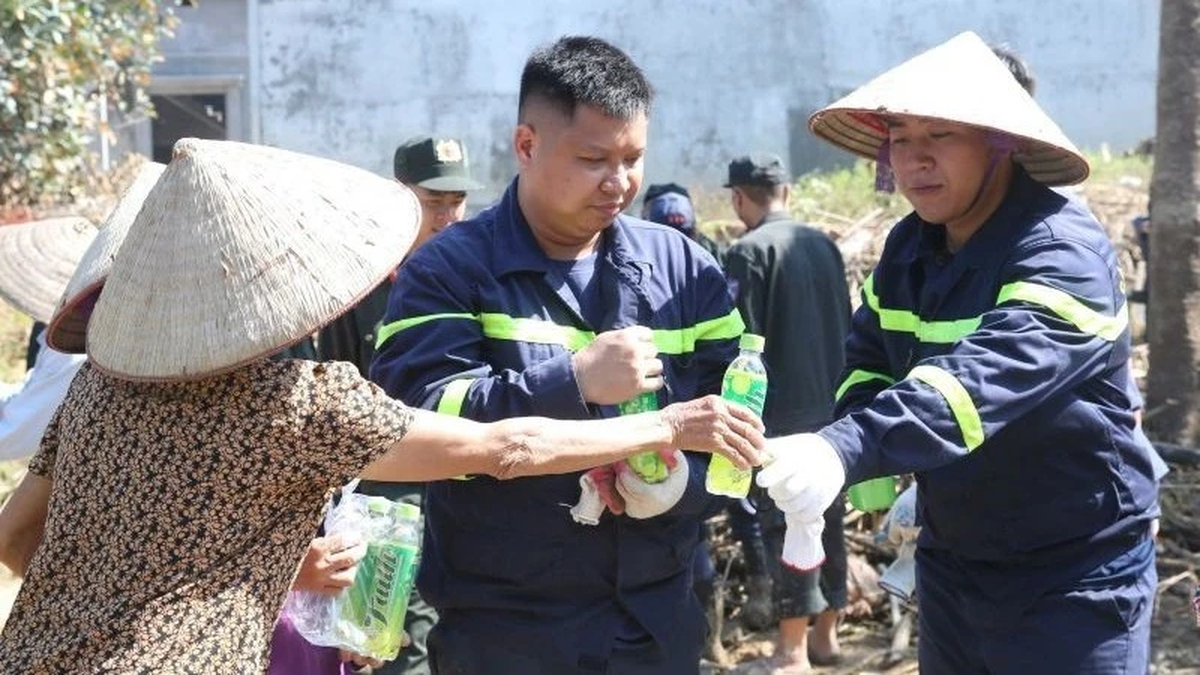
![[Photo] Immerse yourself in the colorful musical world of “Secret Garden Live in Vietnam”](https://vphoto.vietnam.vn/thumb/1200x675/vietnam/resource/IMAGE/2025/10/18/1760805978427_ndo_br_thiet-ke-chua-co-ten-41-png.webp)
![[Photo] Collecting waste, sowing green seeds](https://vphoto.vietnam.vn/thumb/1200x675/vietnam/resource/IMAGE/2025/10/18/1760786475497_ndo_br_1-jpg.webp)

![[Photo] General Secretary To Lam attends the 95th Anniversary of the Party Central Office's Traditional Day](https://vphoto.vietnam.vn/thumb/1200x675/vietnam/resource/IMAGE/2025/10/18/1760784671836_a1-bnd-4476-1940-jpg.webp)
![[Photo] Closing ceremony of the 18th Congress of Hanoi Party Committee](https://vphoto.vietnam.vn/thumb/1200x675/vietnam/resource/IMAGE/2025/10/17/1760704850107_ndo_br_1-jpg.webp)
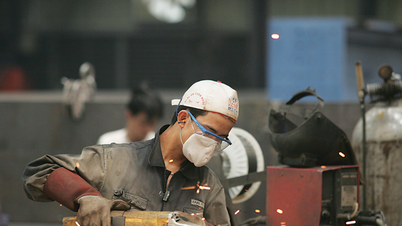

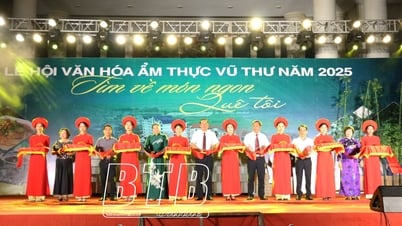



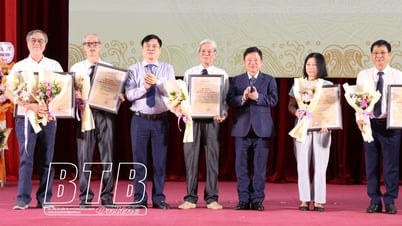
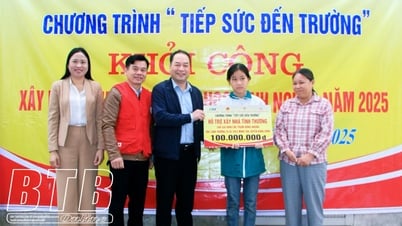
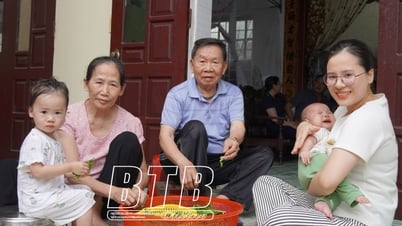




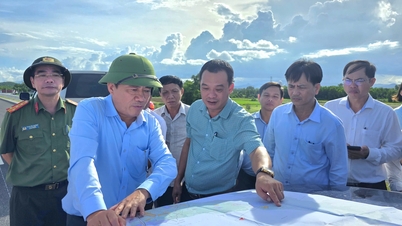
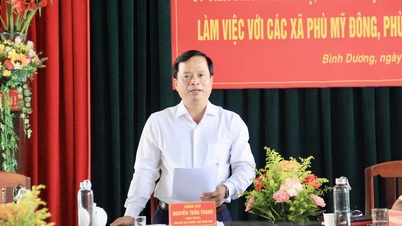











































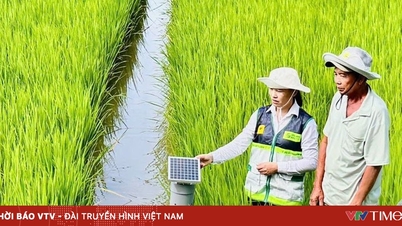









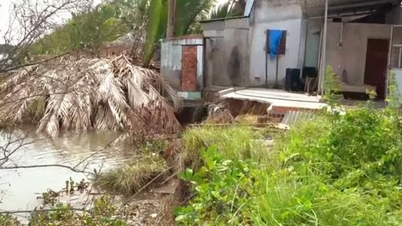

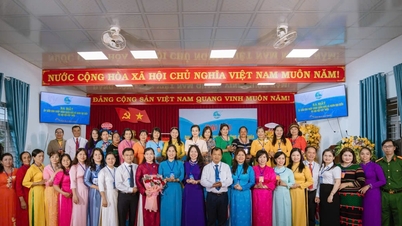

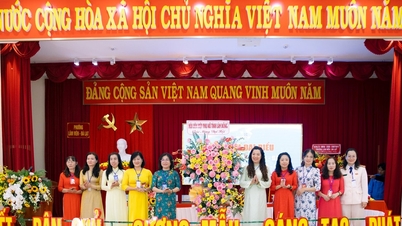



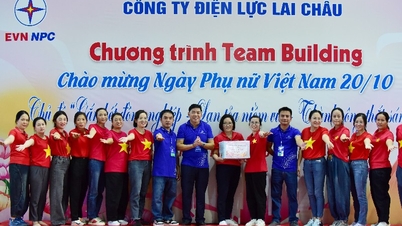












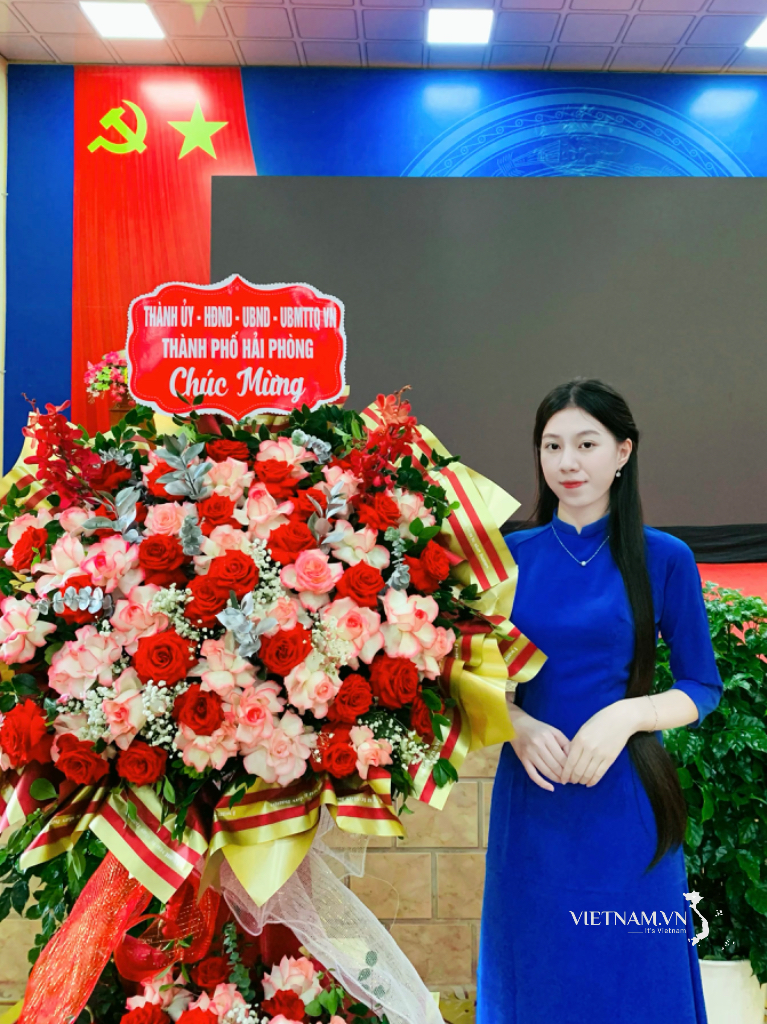


Comment (0)